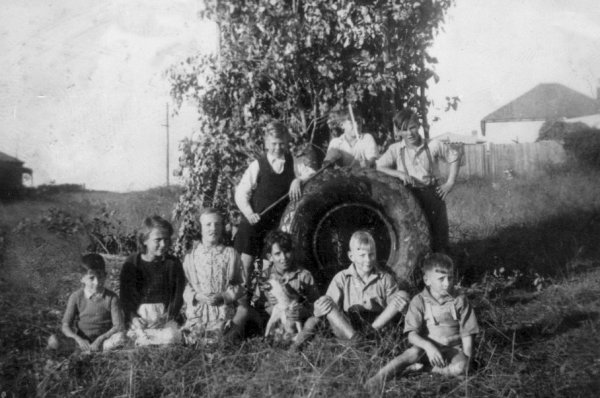Empire Night: A Cracker of a Night
|
||||||||||
May 24 was Empire Day, and the traditional night to celebrate the British Empire with a bonfire and fireworks.
 |
Australian children enthusiastically prepared for the big night for weeks before hand by dragging branches from near and far to build the mound. On the night before one particular ‘cracker night’ the children where awakened to the sound of burning timber. Someone had lit the mound and the children were very disappointed. A local man offered his truck to take the children into bushland and load up with dry branches. Eagerly the children rebuilt the mound so the celebration could be held that night and on time.
Popular fireworks were Catherine wheels, sparklers, Mount Vesuvius, double bungers, Tom Thumbs, Roman candles, throw downs, and sky rockets. The Catherine wheels had to be nailed onto a vertical post and when ignited spun rapidly, sending out a brilliant shower of fiery sparks. Sparklers were considered the more gentle fireworks, giving off star-like sparks when lit. Mount Vesuvius was cone shaped and released a variety of coloured balls through the top once the touch paper was ignited. Loud explosions heralded the lighting of double bungers and throw downs hitting the ground. Spectacular displays in the sky were guaranteed when fuses were set on fire on the sky rockets - a brief glow at the base then a swift whoosh as the solid fuel burnt inside, lifting the rocket a hundred feet into the air to burst in a ball of coloured flame.
The mothers supported their children’s efforts by providing cakes and hot chocolate drinks whilst the huge bonfire burnt sending flames and sparks high into the sky in celebration of Empire.
Trevor Patrick is a local historian of the north-west of Sydney, Australia. His latest book, In Search of the Pennant Hills, recounts some of these stories (and others) in more detail.